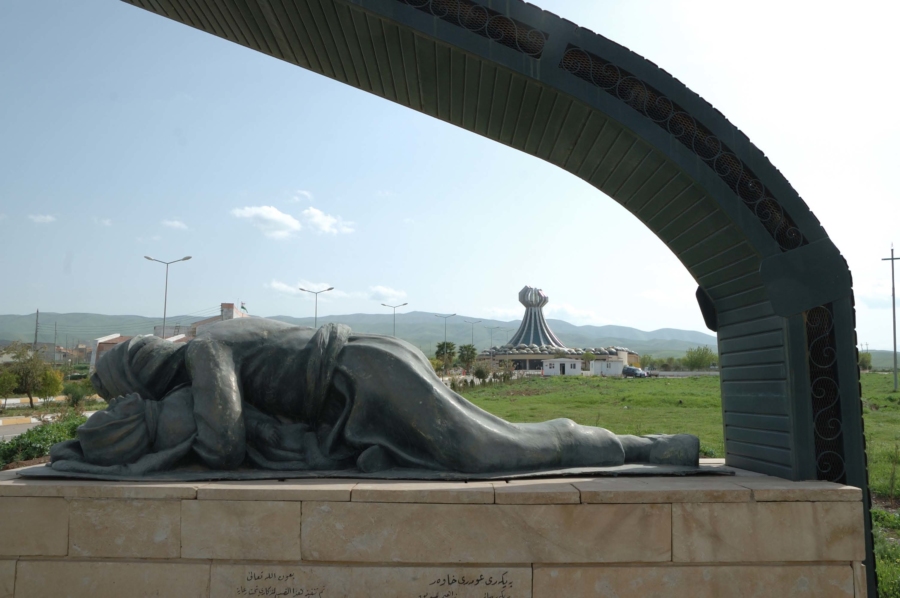Sumerian lyre (also known as Sumer lyre or Ur lyre), A stringed musical instrument, is considered to be the oldest stringed musical instrument in history. In 1929, British researcher Leonard Woolley discovered it in the ancient cemetery of Ur in southern Iraq.
Three guitars were discovered in the cemetery in the excavations that took place there between 1922 and 1934. One of them contained a bull’s head and was dating back to about 4500 BC. These guitars show that music was a valuable thing in Mesopotamia and was used to sing hymns of the gods.
Descriptions of the musical harp, with 11 strings inlaid with mother-of-pearl and gold, and the front of which is decorated with the head of a bearded calf of gold, and a tablet inlaid with mother-of-pearl, was found in Ur and dates back to the time of Princess Shabaad, around 2450 BC. NS.
Translated from:









